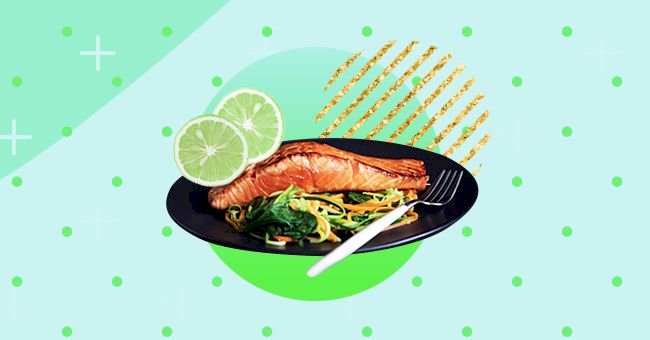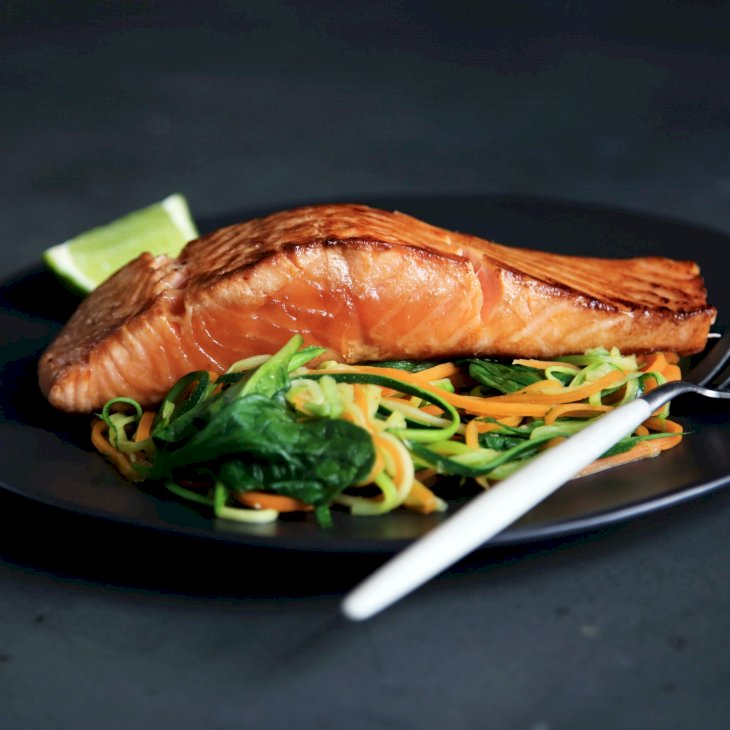
The Nordic Diet: Exploring The Healthy Eating Eco-Friendly Shift
This Scandinavian-style of eating is on the rise, and it's only proving to be good for you, but it's also easy on the environment.
Many people have been increasingly wary of diets that promise quick results instead of opting for lifestyle changes. Nordic is not primarily concerned with the quick turnaround and may be the sustainable lifestyle change to consider.
We're looking at the potential benefits and in what ways the Nordic diet is not only good for the body, but also easy on the environment.
What Is The Nordic Diet?

Photo by Caroline Attwood on Unsplash
“It’s a healthy, whole-food, plant-centric diet that focuses on consuming more vegetables and fruit, whole grains instead of refined grains, and organic, local, and wild as often as possible.”
Holistic nutritionist Maria Marlowe tells Vogue.
The Nordic diet is nothing new though. People in the Scandinavian countries like Denmark, Iceland and Sweden have explored this style of eating for years.
Potential Weight-Loss Benefits

Photo by Jennifer Burk on Unsplash
"Healthline" reports on a study conducted on the weight loss effects of the Nordic diet. The conclusion is that the Nordic diet appears to be effective for short-term weight loss.
However, This may not be an ideal long term solution. As is the case with many weight-loss diets evidence is showing the possibility of regaining the weight.
Potential Health Benefits

The whole grains promoted in the diet provide heart-protecting nutrients, including fiber, vitamins, and antioxidants. However, the "Healthline" suggests that the effects on cholesterol and triglycerides are inconsistent.
The Nordic also diet appears to be effective at lowering blood pressure. Dr. Frank Hu, professor of nutrition at the Harvard T.H. Chan School of Public Health, suggests that people who really like the foods promoted in the Nordic-style should go ahead and enjoy the lifestyle "rather than waiting 10 years to get more evidence.”
Foods to Eat and Avoid

Photo by Jennifer Burk on Unsplash
The Nordic diet is similar to the Paleo or Mediterranean diet but with more of a focus on plant-foods and wild seafood. Foods you want to include: fruits, vegetables, legumes, whole grains, nuts, seeds, rye bread, seafood, and low-fat dairy.
Foods that don't necessarily align with a Nordic diet include foods that aren't grown produce or fish. You may want to consider reducing your intake of sugar-sweetened beverages and processed meats if you want to follow this diet.
It's Environmentally-Friendly

In addition to being potentially healthy for you, the nordic diet is easy on the environment. According to Dr. Hu the locally-produced ingredients mean that there are less energy consumption and food waste.
Plant-based diets like the nordic diet are also easier on natural resources like water and create less pollution than meat-centered diets.